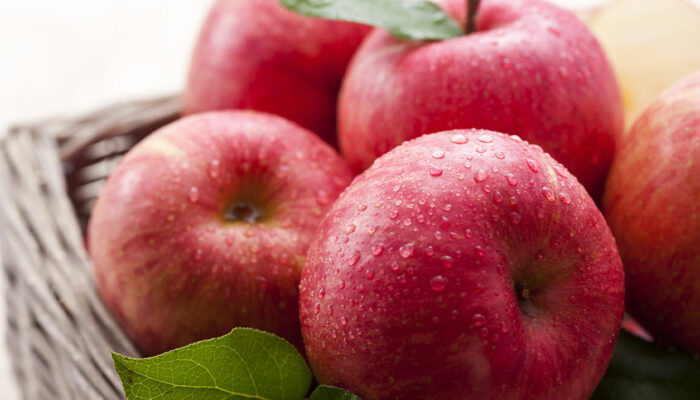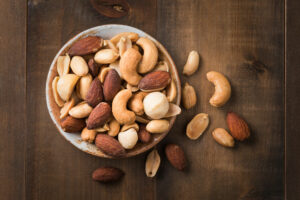
6 household plants that are toxic to dogs
As a pet parent, you probably pet-proofed your home before getting a dog or a cat. You ensure that the animals have no access to the chocolates, the antifreeze, the repellents, and even put all the hazardous toys out of their reach. But, most of us forget about plants. Read on to know how those seemingly safe and aesthetic potted plants in your home or yard can be toxic for your pet dog: 6 household plants to keep way from your dogs Sago palm The sago palm plant is a very common sight in households worldwide. Its leafy green aesthetic makes it the perfect addition to your indoor plant collection. It is also effortless to care for, making it a popular plant choice for homes. But, you may want to remove it or steer clear of it if you have a dog. This is simply because sago palm is toxic to dogs. It contains an element known as cycasin, which, if consumed, can lead to a wide range of symptoms or be fatal. If your dog has ingested this plant, you may note symptoms such as diarrhea, vomiting, tremors, loss of balance, and even seizures. In worse cases, consuming the sago palm plant can also lead to liver failure or death.
Read More 











